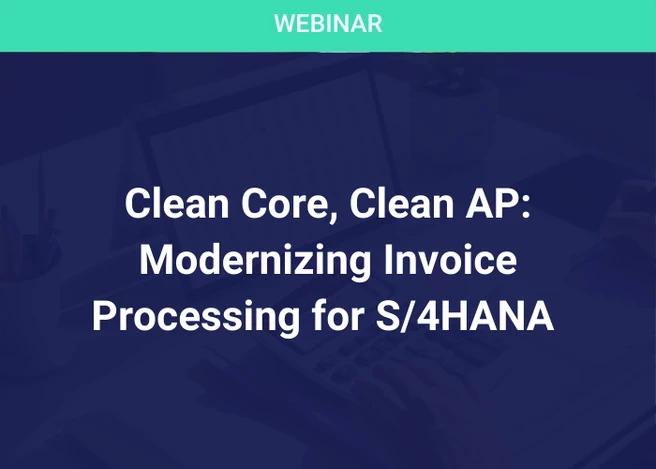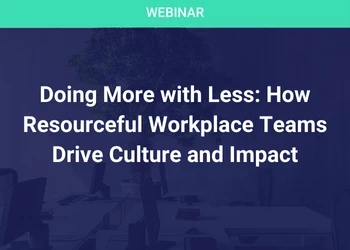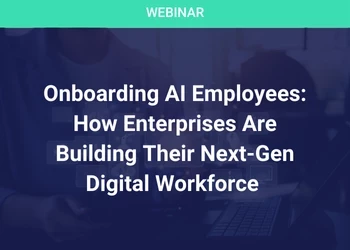The Evolution of Offshoring and Why it Still Matters
Offshore makes sense – a refresher
Add bookmark
There is a very good reason we are seeing a marked increase in the continued growth of offshore captive operations, they simply make sense. In fact, many of the major 3rd party Business Process Outsourcing players we know today originally started as captive or in-house centers themselves.
Birth of new model
Companies like GE Capital, Dun & Bradstreet and British Airways all established in-house operations offshore in mid to late 90’s. Originally created to support internal operations, they evolved into 3rd party service providers Genpact, Cognizant and WNS respectively. It was apparent that the benefits of economies of scale, and capitalizing on the labor arbitrage principals of supplying high skilled workers at lower costs, was beneficial to not only themselves, but to potential external clients, as well. This allowed the originating firms to realize ROI on their investments at an increased pace. Ultimately, the captives became stand-alone BPO providers, with the originators as initial clients.
Y2K, Crisis in need of a savior
Just as the fledgling BPO model was getting started, the very computers and telecommunications infrastructure that made the industry possible were creating its biggest boom ever. In order to save valuable space in the expensive memory and storage capabilities of the 90’s, the format for date codes represented the year in 2 digits (1999 = 99). When the inevitable year 2000 hit, computers would recognize this as 00, a major problem that many experts predicted. Thus, the need for programmers, and supply and demand laws, dictated the cost of local qualified resources increased. As a result, due to availability and cost, the labor arbitrage model came to the rescue.
High demand for customer service and fundamental IT skills
Now that the proverbial cat was out of the bag, many service-oriented companies were enamored with the potential of qualified workers at lower costs, and the offshore Call Center/BPO industry took off. Call Centers housing thousands of agents in specially designed facilities, operating at off hours in their home countries to support the day-time hours of their client’s customer base, were practically popping up like mushrooms.
Industry begins to mature
The initial CC/BPO model has proven very effective and many customers have enjoyed the significant cost savings. A toddler toddles for a while, but eventually gains confidence, picks up its feet, and walks. The BPO client base began to raise its expectations and soon wanted more.
Combine learned improvements with increased competition, and you now have an industry utilizing many methodologies like Six Sigma and LEAN for ongoing process improvement. Adoption of standards such as ISO to validate proper controls were put in place, and development and incorporation of advanced Workforce Management (WFM) and Customer Relationship Management (CRM) platforms were expected.
KPO – just like BPO only with specialty skilled workers
The CC/BPO industry has created an entire infrastructure with solid processes and measurements that niche players can capitalize on to provide highly skilled talent in a variety of focused customized disciplines (Medical, Legal, Accounting, etc.). The effects of global aging populations and lower adoption of particular skills in the consumer based countries, allows the often younger offshore CC/BPO provider nations to offer not just the “most cost effective” labor, but more importantly the “needed” skilled labor.
Everything old is new again
As the 18-time Yankee baseball all star Yogi Berra once said, “It’s like déjà vu all over again”. While pioneering captives were the foundation of the BPO industry, technology and infrastructure costs back in the day required significant capital expenditure to setup and maintain operations. Today, 25+ years of industry and infrastructure maturation have enabled an As-A-Service economy, and this has re-opened the doors to the significant benefits of the captive, in-house model. Now, many options to build an Operational Expenditure (OpEx) model exist, allowing the smallest of pilot projects to be cost effectively established, tested and proven with complete IP and end-to-end process control.
We look forward to delving into a variety of related topics in upcoming, monthly, articles:
#2 Why Now is the Time for the Offshore Captive Model
Focus on market maturity and drivers for GIC model. Topics covered will include; a) BPO model maturity, b) facilities and technology models changing, c) additional savings with adoption of GIC model, d) end to end control, e) regulatory and compliance focus and f) internal control and implementation of RPA, AI and Social Media.
#3 CX (Customer Experience) is the New Black
Topics will include: a) focus on customer experience in GIC model, B) what’s in a name (GBS, GIC, Captive, Shared Services, COE) similarities and differences in the acronyms, C) CS agent vs problem resolution specialist, D) Customer journey mapping, E) KPI alignment and measurement
#4 Future Proofing the Offshore Captive
Topics will include: a) perfect controlled environment to introduce and adapt new technologies, b) implementation of RPA, c) implementation of AI, d) implementation of Omni-channel support (social media, webchat, apps, etc)
#5 Criteria for Getting the Most out of your Offshore Captive
Topics will include: a) leverage multi business unit activity via standardization in GIC, b) governance process to drive decisions and performance, c) Continued Benchmarking - Internal and External, d) Discrete activity-based pricing of services and e) High focus on controls and automation (e.g., spend analytics, alerts, etc.), f) Champion/Challenger model with 3rd party vendors
#6: Opportunities, Labor Markets, Case Studies
A second series will focus on the necessary steps and areas of focus in establishing an offshore captive.
- Process Mapping of services and initial planning
- Legal and offshore incorporation
- Talent Acquisition
- Facilities
- IT requirements and services
- Onboarding
- HR services including payroll
- Training

























